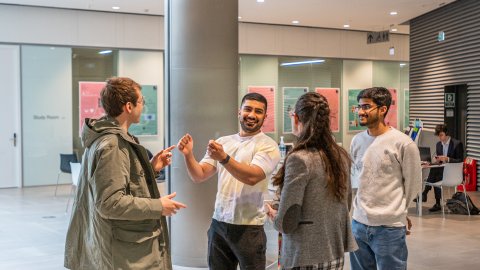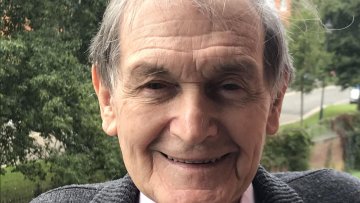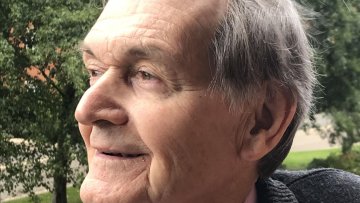10:00
(Beyond) Quasi-isometric Rigidity of Lattices in Lie Groups
Abstract
'Quasi-isometric rigidity' in group theory is the slogan for questions of the following nature: let A be some class of groups (e.g. finitely presented groups). Suppose an abstract group H is quasi-isometric to a group in A: does it imply that H is in A? Such statements link the coarse geometry of a group with its algebraic structure.
Much is known in the case A is some class of lattices in a given Lie group. I will present classical results and outline ideas in their proofs, emphasizing the geometric nature of the proofs. I will focus on one key ingredient, the quasi-flat rigidity, and discuss some geometric objects that come into play, such as neutered spaces, asymptotic cones and buildings. I will end the talk with recent developments and possible generalizations of these results and ideas.




